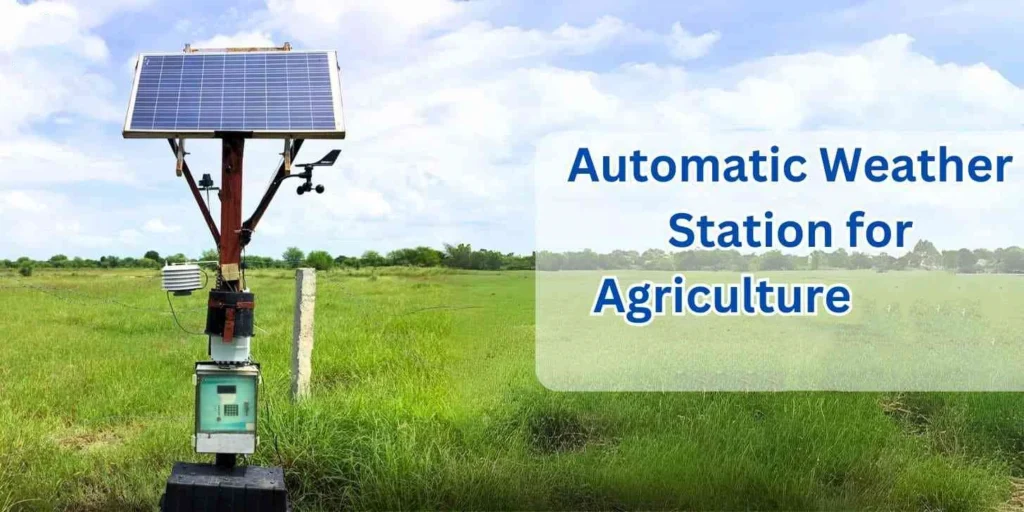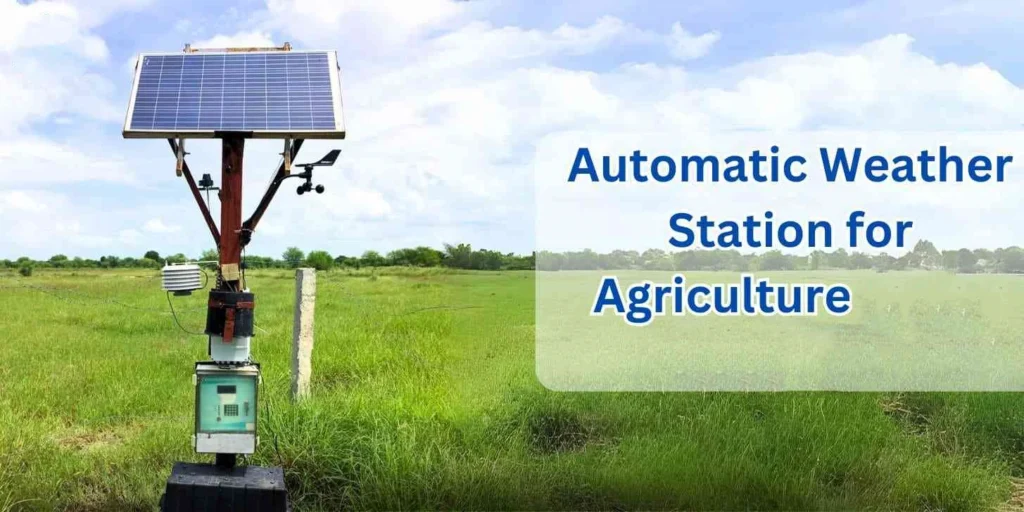
# Automatic Weather Station: Definition and Functionality
## What is an Automatic Weather Station?
An Automatic Weather Station (AWS) is a sophisticated system designed to collect and record meteorological data without the need for constant human intervention. These stations are equipped with various sensors that measure atmospheric conditions such as temperature, humidity, wind speed, wind direction, rainfall, and barometric pressure. The data collected is then transmitted to a central database or directly to users, providing real-time weather information.
## Components of an Automatic Weather Station
An AWS typically consists of several key components:
– Sensors: These are the primary tools for measuring weather parameters. Common sensors include thermometers for temperature, hygrometers for humidity, anemometers for wind speed, wind vanes for wind direction, rain gauges for precipitation, and barometers for atmospheric pressure.
– Data Logger: This device records the data collected by the sensors. It stores the information and can often transmit it to a remote location.
– Power Supply: AWS units are usually powered by solar panels, batteries, or a combination of both to ensure continuous operation.
– Communication System: This system transmits the collected data to a central server or directly to users. It can use various methods such as radio, satellite, or cellular networks.
## Functionality of an Automatic Weather Station
The primary function of an AWS is to provide accurate and timely weather data. Here’s how it works:
– Data Collection: Sensors continuously monitor and measure various weather parameters.
– Data Recording: The data logger stores the collected information, often with timestamps for each measurement.
– Data Transmission: The communication system sends the data to a central database or directly to users, allowing for real-time monitoring and analysis.
– Data Analysis: The collected data can be analyzed to provide weather forecasts, climate studies, and other meteorological insights.
## Applications of Automatic Weather Stations
AWS units are used in a variety of settings, including:
– Agriculture: Farmers use AWS data to make informed decisions about planting, irrigation, and harvesting.
– Aviation: Airports rely on AWS for accurate weather information to ensure safe takeoffs and landings.
– Research: Scientists use AWS data for climate studies, environmental monitoring, and other research purposes.
– Disaster Management: AWS can provide early warnings for severe weather events, helping to mitigate their impact.
## Conclusion
Automatic Weather Stations play a crucial role in modern meteorology by providing reliable and continuous weather data. Their ability to operate autonomously and transmit data in real-time makes them invaluable tools for a wide range of applications, from agriculture to disaster management. As technology advances, the capabilities of AWS units will continue to improve, further enhancing our understanding of weather patterns and their impact on our lives.
Keyword: what is automatic weather station
